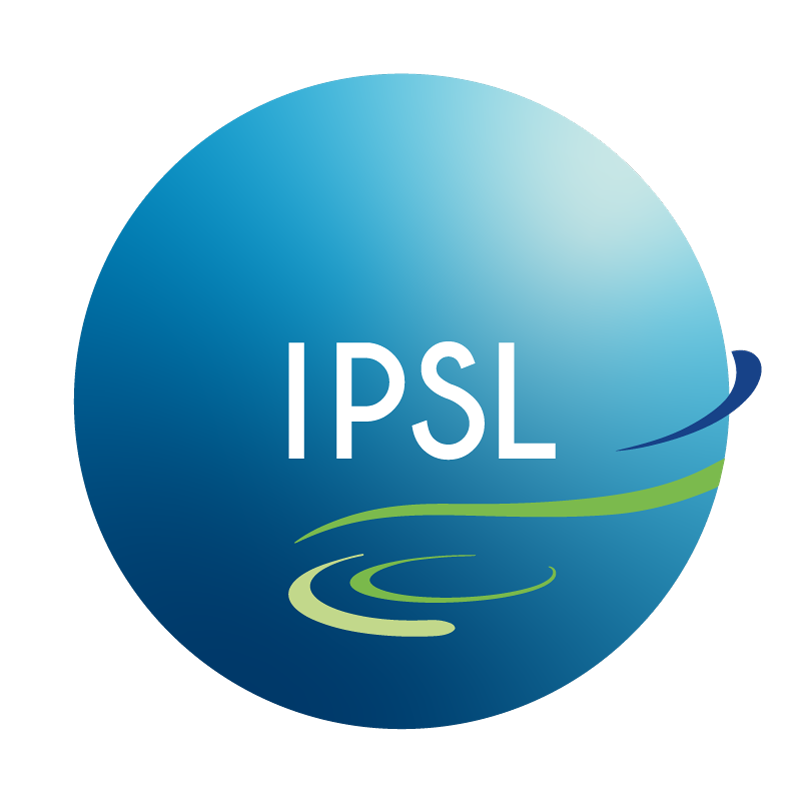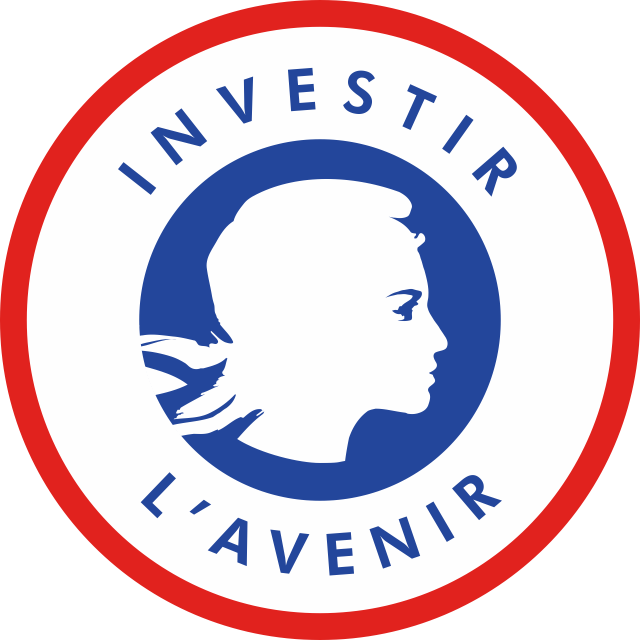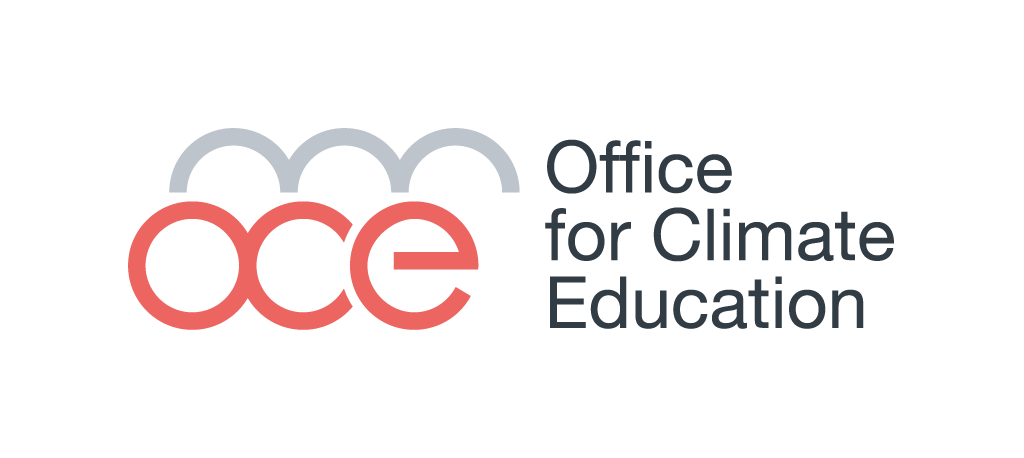version francaise
SimClimat:
An educational software to simulate the climate
The SimClimat software is an educational software for climate simulations. Through a user-friendly interface, it allows to run climate simulations at different time scales. The results pertaining to global surface temperature, sea level, ice sheet extent and atmospheric composition are displayed as curves and drawings. The user can test the influence of various parameters influencing the climate, such as astronomical parameters or the composition of the atmosphere, and can plug or unplug some climate feedbacks.
Download
You can download the software here for Windows, here for Mac and here for Linux.
A new version of SimCLimat is now available for smartphones on Google Play and on Apple Store
Codes are open source and available here.
Everything is free
Documentation
The new documentation is available in pdf or html format.
If you have any question or suggestion, please contact Camille Risi by e-mail (camille.risi@lmd.jussieu.fr).
Confidentiality agreement
When making the SimClimat application freely available to all, we neither collect nor use any personal or non-personal data.
Acknowledgements
The application was developped by Cabinet d'Études Informatiques Alain Deseine. This work was supported by the IPSL ¿ Climate Graduate School which is funded by the ANR (ANR-11-IDEX-0004 - 17-EURE-0006).
We are also grateful to the Institut Pierre-Simon Laplace and the Office for Climate Education.
Previous versions
Possible uses (previous versions:
This educational software can be used to introduce processes controlling climate. It can be used to discuss past climate variations and the different natural factors that influence climate (astronomic forcing, natural perturbations in the carbon cycle). The effect of climatic feedbacks can be shown by plugging or unplugging feedbacks. This software can also be used to discuss global warming, and test different carbon dioxyde emmissions scenarii. For example, it can be used:
- in high schools, to study climate processes and feedbacks. This software has already been tested in various high school classes in France. Here is a report (in french) on tests performed in high schools. This can give ideas about how to educationaly use this software.
- in science festivals. This software has been tested in science festivals such as the Fête de la Science in Paris. An older version of the model was more oriented on climate change and was also tested in science festivals with children and adults (see stand sur le réchauffement climatique). In this former version, the different human sources of carbon dioxyde are more detailed (you can for example test the influence of the distance you drive each year), but climatic processes and feedbacks are less detailed.
- at a University level. For example, a 3-hour activity based on this software was given at a summer school in Paris on Climate and Innovation. The goal of this activity was to better understand factors and processes controlling climate variations at different time scales, from million
years to thousands of years and to the present climate change. This will
allow us to place the present-day climate change in the context of past
variations and to identify its specificities. The following items were addressed: Radiative budget of the Earth, Climate equilibrium states and reversibility, Climate variations at geological time scales (million years, Climate variations at orbital time scales, Carbon cycle and its variations, Human-induced climate change, Climate feedbacks. Students worked on this activity and this supporting material was progressively presented as a complement.
- In a Math festival. The goal was to talk about climate modelling to children from 8 to 13 years all, during about 20 minutes for each group. This was in the context of the Mathematical games and culture exhibition from 28 May to 2 June 2013 in Paris, whose topic was "Math for the Earth". Here is a summary of my presentations and a visual support as a complement.
- Ideas for bachelor internships. Marion Saint-Lu, PhD student, prepared three possible internship activities related to the scientific use or improvement of the Simclimat software:
version francaise
last update: January 31, 2020



